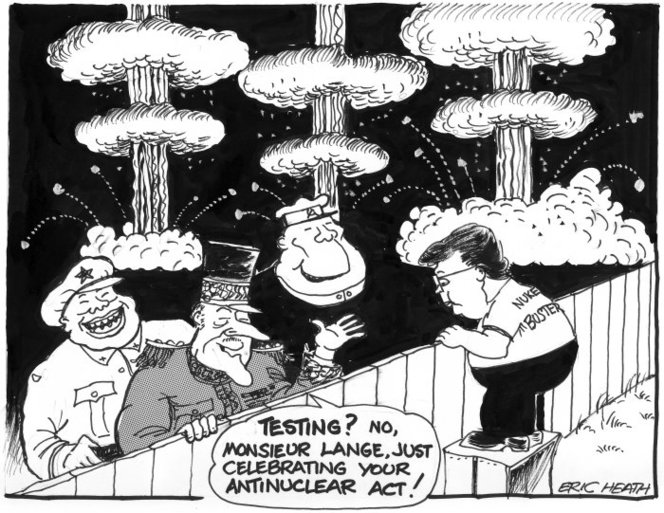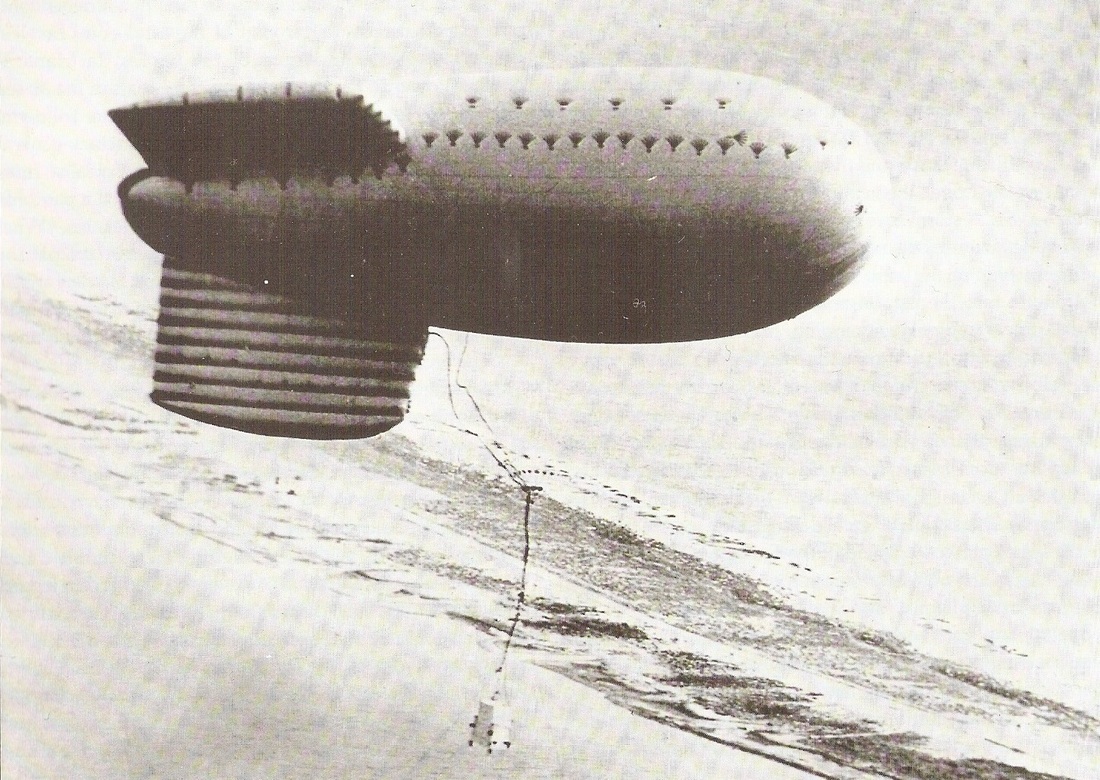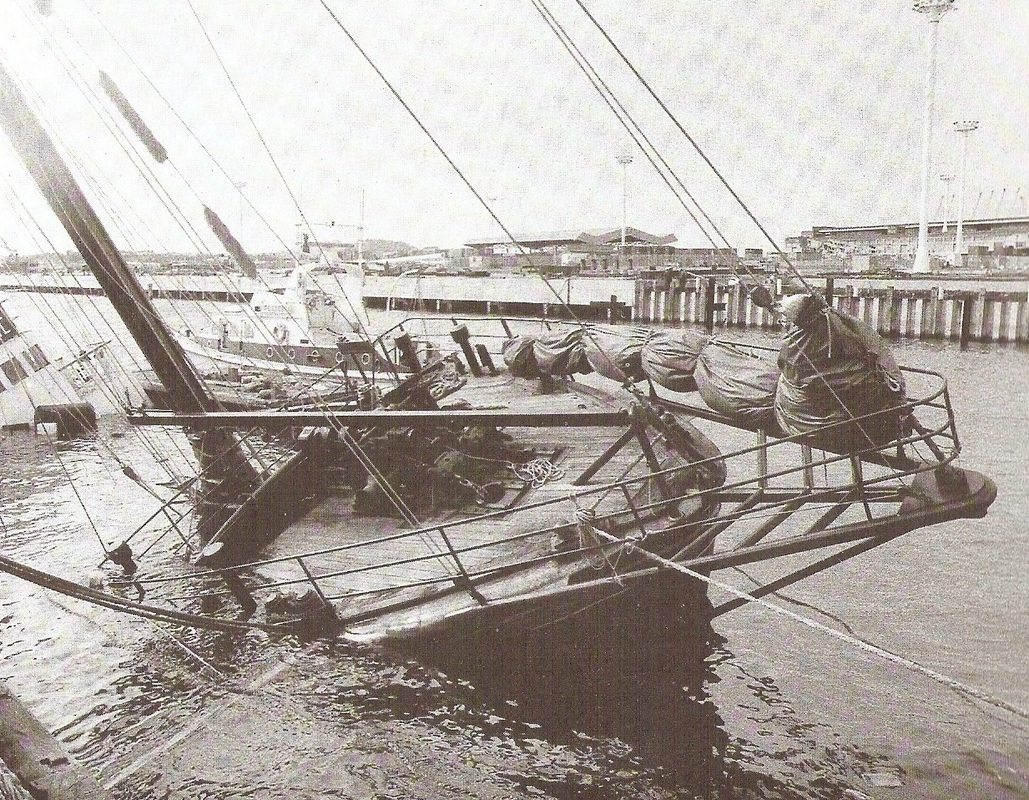French and New Zealand relations
The video below is from One News in 2010, the 25th anniversary of the Rainbow Warrior bombing. In the video, the reporter calls the attack "the moment New Zealand lost its innocence." This statement in a mainstream news outlet is evidence that this is a common feeling amongst New Zealanders. The anger that is still felt over the incident is seen in the statements by Martini Glotje, the First Mate of the Rainbow Warrior. The video recounts how catching the agents who blew up the ships served only 2 years in prison. Mike Moore, the Trade Minister at the time, says that justice was not served. This video shows the continued bad feelings over the attack, and is an example of why relations between the two countries suffered.



